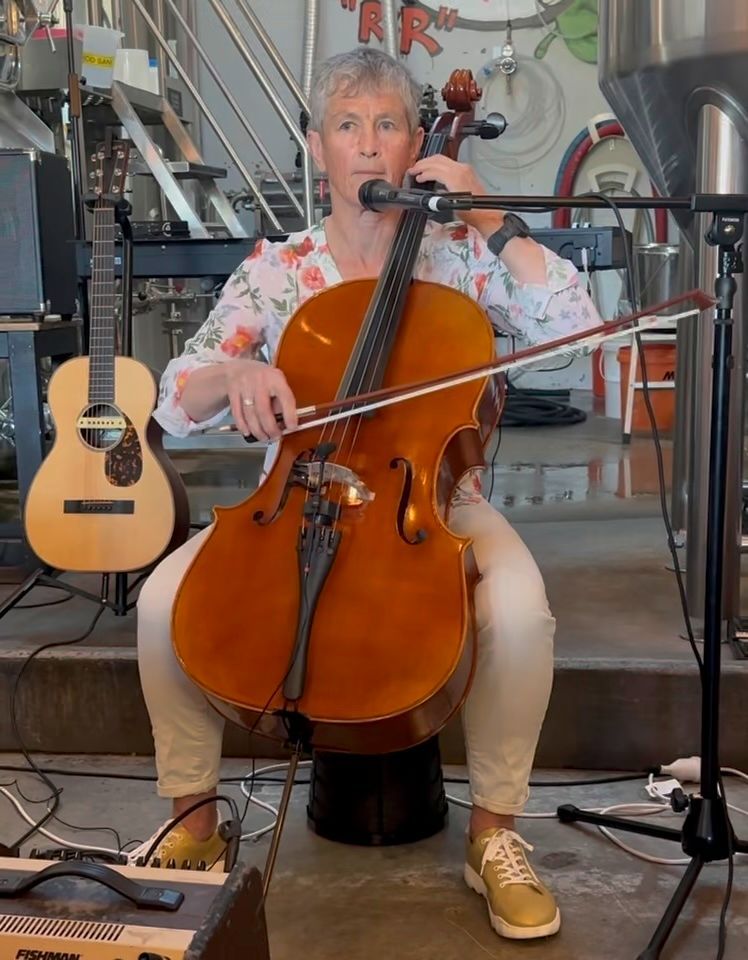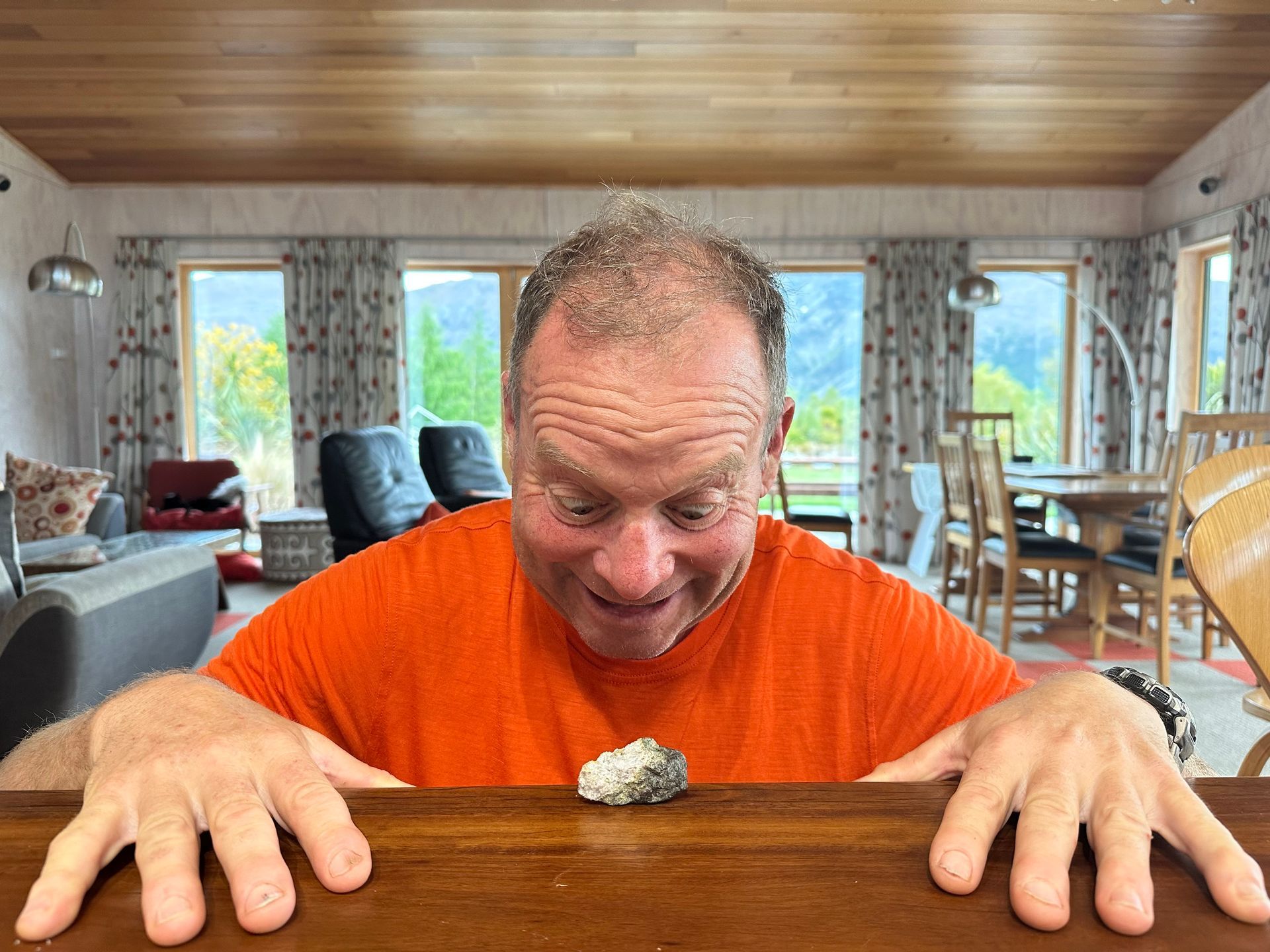Limits to compassion

I, like many other New Zealanders, was pretty unhappy to hear yesterday about two new cases of COVID-19 in the country. It is expected that we will import cases as Kiwis return home, and people are granted special exemptions to come into the country. But it certainly isn’t expected that those people will get to travel around New Zealand while infectious. I found it ironic that on Saturday I wrote about the need for humanity, when these two people were released on ‘compassionate grounds’ but entirely improperly.
It is unclear how much the need for compassion played into this misstep, in relation to COVID-19, or whether the error was simply poor procedures. It does, however, raise the flag that one can go too far in regard to compassion towards individuals, while forgetting the need for compassion for the masses. There were people speaking on National Radio about their heightened uncertainty in regard to their business operations; what happens if COVID-19 becomes more widespread again and we face a new call to lock down? I am also sure I wasn’t the only person thinking about whether there was any likelihood that we could have been exposed to those two people who were released, and travelled from Auckland to Wellington to see their dying parent. As terrible as it would be not to visit one’s terminally ill parent, surely it would be even worse to be a new source of spread of COVID-19 through New Zealand.
The Prime Minister’s reaction to the two released cases has been stern and clear. There will be no more compassionate release before people’s 14 days of quarantine is up, for the time being. A senior military officer is being brought in to oversee border control. While this is in part reassuring, I don’t find it all reassuring that we could have had a slip-up of that magnitude so soon after going into Level 1. Clearly our quarantine systems are nowhere close to what they need to be. I also don’t find bringing in of the military to be particularly reassuring. Quite possibly military skills are what is required, but at a time when we are very aware of the risk of erosion of personal freedoms, bringing in the military has a slightly ominous tone. The use and threat of the military in the USA seems all too close. Chris and I were remarking how rarely New Zealand uses the military in civil life and what a good thing that is. This isn’t a case of bringing the forces out into the streets, but it is a small step in that direction, and an admission that our bureaucratic systems are sufficiently incompetent that they need military oversight.
Thinking about the potential for COVID-19 incursions, while worrying about our quarantine and contact tracing systems, also brought my mind back to the need for a vaccine in order to free up our country and the world. I thought I would have a check as to how vaccines are progressing, while holding in mind that clinical trials take many months to demonstrate efficacy, and we have not had many months yet for the trials to run. There are lots of potential candidates out there (over 120), which is a good thing as so many potential vaccines will fail at the trials stage. Listed below are some of those that have progressed farthest down the clinical trials and development pathway (described in my post Musical Variations ).
Sinopharm (China) has reported on June 16th a 100% antibody response for its COVID-19 vaccine trialled in a Phase 1/2 study. In other words, all those vaccinated are producing antibodies, though we don’t yet know if those antibodies will stop them becoming infected. The vaccine is an inactivated virus (a mature technology) given to 1,120 volunteers. The downside of inactivated virus vaccines is that they take longer to manufacture because live vaccine must be grown in cultures and then inactivated. The Chinese have released few details that would give confidence in their claims, such as levels of immune response, or response to low and high doses (only to mid doses). However, they are going ahead with planning a Phase 3 trial. They are also offering this and another experimental vaccine, to employees of large state-owned companies who intend to travel overseas. It is very unusual to give an unproven vaccine to people outside of a clinical trial protocol.
Sinovac (China) announced on June 15th that its inactivated virus vaccine (Coronavac) induced neutralising antibodies in over 90% of 600 healthy volunteers inoculated in the Phase 2 part of a Phase 1/2 clinical trial. Again, the details of the results are not yet available, but Sinovac is now planning a Phase 3 vaccine trial in Brazil.
Cansino Biologics (China) announced on May 22nd that their experimental vaccine triggered immune system responses in a Phase 1 trial. Its vaccine uses a genetically engineered adenovirus which delivers the gene that encodes one of the novel coronavirus’ spike proteins into human cells, potentially giving immune systems target practice against COVID-19. In the Cansino study, 108 people got one of three doses and most developed immune responses; 75% of the high dose and 50% of the medium or low dose developed high levels of neutralising antibodies. However, the high dose was above the levels of dosage considered safe and 81% of people in the trial developed at least one significant side effect. In addition, the vaccine is based on the common cold and many people already have antibodies that will act against the vaccine being successful.
President Trump’s ‘Operation Warp Speed’, intended to deliver substantial quantities of a safe and effective vaccine to Americans by January 2021, includes five companies: Astrazeneca/University of Oxford, Moderna, Johnson & Johnson, Merck and Pfizer. USD10 billion is being provided into this effort and the three most promising vaccines will be supported in Phase 3 trials. Inovio, which I mentioned in my April summary, didn’t make the cut for Operation Warp Speed.
Astrazeneca and the University of Oxford have a Phase 2 trial of their vaccine underway in Britain and Brazil, with results expected August/September and first evidence of efficacy hoped for this month. Similar to Cansino, it uses a weakened adenovirus which delivers a gene that encodes for a spike protein. However it uses a different adenovirus (from chimpanzees), against which people do not commonly have antibodies. Even in the absence of proof of clinical efficacy, Astrazeneca has signed deals with a number of companies to deliver the vaccine. The first doses of are expected to be developed September/October and it is hoped it would give at least 1 year of immunity against COVID-19.
Moderna has plans for a Phase 3 trial from July (involving 30,000 people) of its vaccine which is currently in Phase 2 trials. Moderna has enrolled 350 out of 600 participants for Phase 2. Moderna believes it could deliver 500 million doses per year from its USA and Swiss manufacturing plants starting 2021.
Johnson & Johnson’s Phase 1/2a trial will begin in the second half of July. Like Astrazeneca and Moderna, Johnson & Johnson are developing manufacturing methods and capability in tandem with vaccine trials. Its approach using a modified adenovirus to carry coronavirus genes into cells to provoke an immune response, and is based on its experience in developing a vaccine for Ebola.
Merck is partnering with IAVI to develop a vaccine using vesicular stomatitis viruses to carry coronavirus genes into cells, based on its Ebola vaccine. Merck is also working with an Austrian company, Themis, on a vaccine based on the measles vaccine, but carrying the spike protein gene.
Pfizer , German BioNTech and Chinese Fosun Pharma are collaborating on an mRNA (messenger RNA) vaccine which will carry novel coronavirus spike genetics into cells. Their Phase 1 trials began mid May.
A summary of vaccine availability would be to say that there is plenty of hope, but little certainty at present about which vaccine might be efficacious and for how long. The many companies involved in vaccine trials are aware that global manufacturing capacity will be limited, so we can expect manufacturing companies to actively pivot towards the most promising candidates, as results come out of the trials. In the meantime, we need to retain our humanity and practice compassion in a measured way, balancing compassion for the few with compassion for the many; a typically tricky human balancing act.






